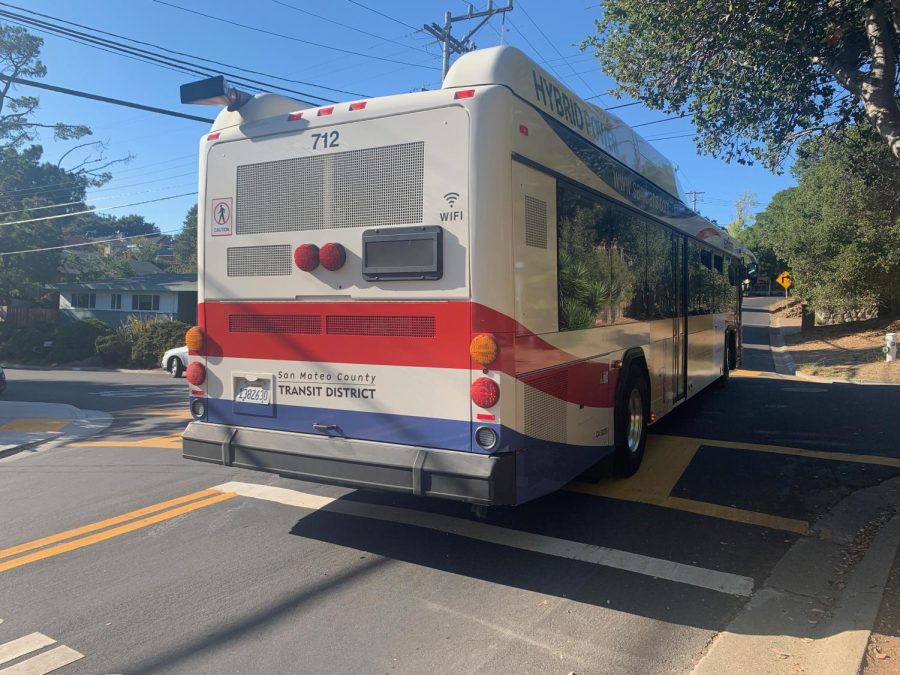Gov. Gavin Newsom vetoed an assembly bill that would have made public transportation free for California students.
AB 1919 aimed to make public transportation free for all California students, with an annual price of $115 million. Written by Democratic Assemblymembers Chris Holden and David Min, the bill would have started the Youth Transit Pilot Program that would’ve awarded grants to certain transit agencies throughout the state to fund youth passes for public school students.
Lawmakers are aiming to add free transit to preexisting transit systems throughout the country. Overall, the motives for implementing free youth transit passes are to increase ridership and reduce carbon footprint. This is especially true in transit systems that have begun to introduce battery and hydrogen-fuel-cell-powered vehicles, like that of Samtrans 30 zero-emissions buses that will begin service in 2023.
SamTrans declined to comment on their stance on the issue.
Overall, mixed opinions came from Newsom’s veto. Supporters of the bill, like California transit unions and close to all of California’s legislature, were upset at Newsom’s reasoning to veto the bill because of the price. They also believed it would further negatively impact the air through carbon emissions from individual vehicles.
However, students at Carlmont who take public transportation saw both the benefits and drawbacks of the veto. Despite both riding the bus almost every day, sophomores Emily Song and Leah Balsam-Ashling expressed varying concerns.
“I think using the money elsewhere would be more beneficial,” Song said. “I personally believe that spending a lot of the state’s money on transportation isn’t a top priority, and there are bigger problems that could use the money more.”
Balsam-Ashling had reservations about the price raise.
“I think [the vetoing of the bill] might not allow some students to take the bus if they can’t afford it, then they might not have a way to school or have a harder time getting to school,” Balsam-Ashling said.
Initially read to Assembly in February 2022, the bill was widely supported. It went on to pass in both the California Assembly and Senate.
Supporters continuously emphasized the importance of reducing emissions and making public transportation accessible to all students, regardless of their background. Furthermore, a letter of support asking for Newsom’s signature stated other benefits, such as traffic reduction, school attendance improvement, and the reduction of overall student expenses like gas and insurance.
“Free student transit is one of the most cost-effective ways for our government to address not only transit needs, but educational and social equity, social justice, and poverty needs here in the state of California,” said Eli Lipman, executive director of Move LA, a transportation coalition.
Although not implemented statewide, free transit programs have been launched in the past. For example, with the COVID-19 pandemic, Los Angeles’ public-transit agency, Metro, halted bus fares. Despite many other industries suffering from the pandemic, Metro maintained pre-pandemic ridership, aside from the stay-at-home order.
Following the implementation of free fares, ridership was at 80% of pre-COVID levels, which was higher than any other agency in the country, according to Alfonso Directo Jr., the advocacy manager for the Alliance for Community Transit.
Although the bill has reached the end of its run, transit groups continue to experiment and implement free youth programs to weigh the benefits of its permanent institution.
“AB 1919 would have created the most successful way to expand access to fare-free transportation for our youth and help reduce current transportation inequities affecting millions of Californians,” Lipman said.














